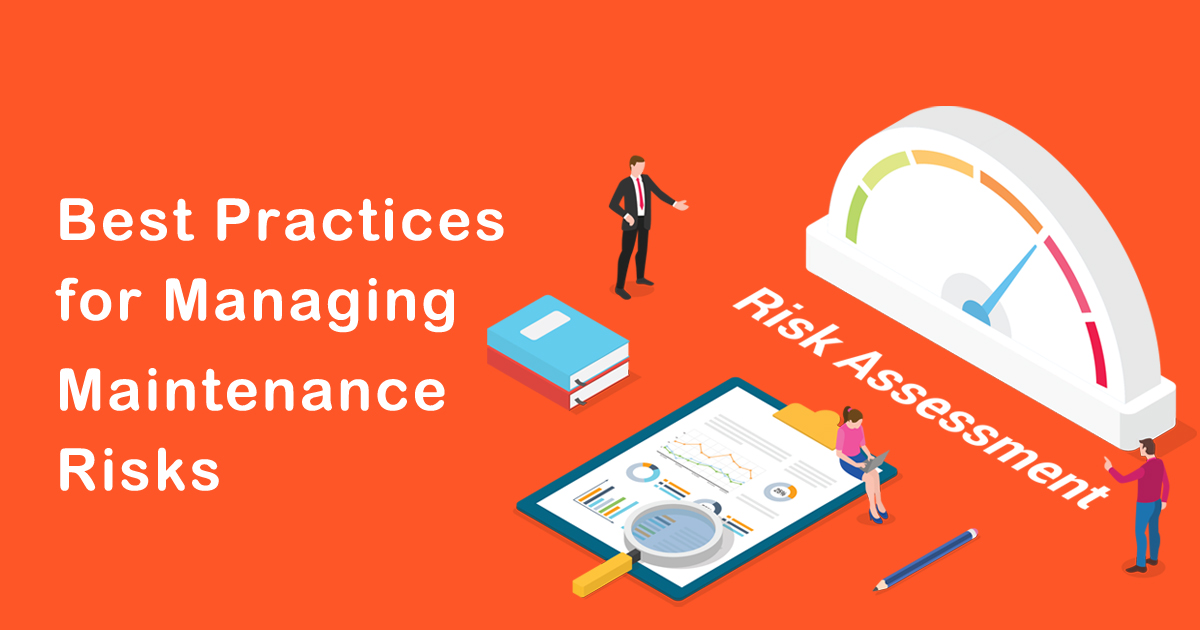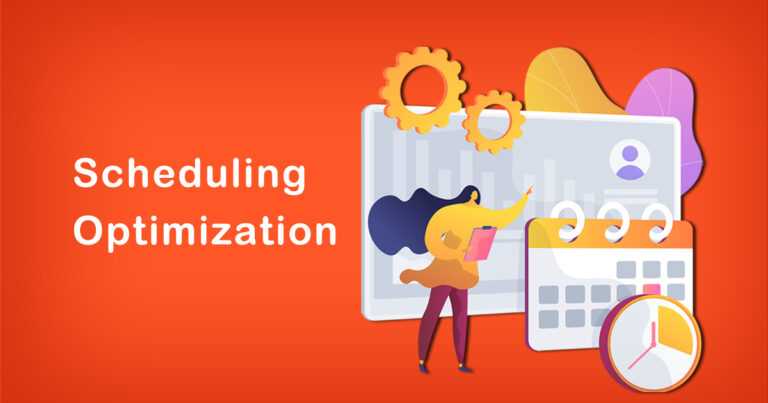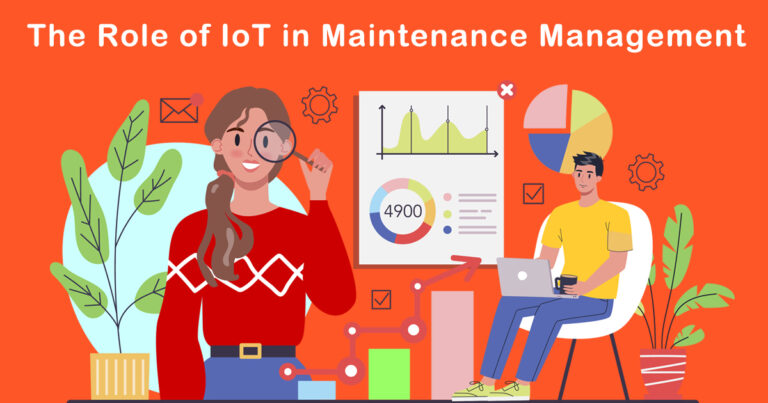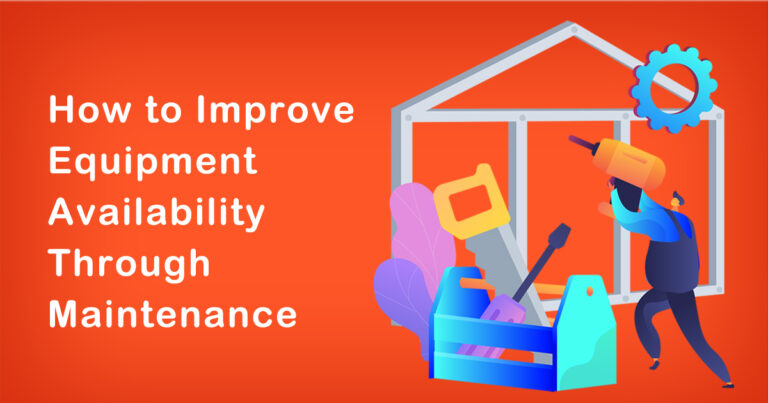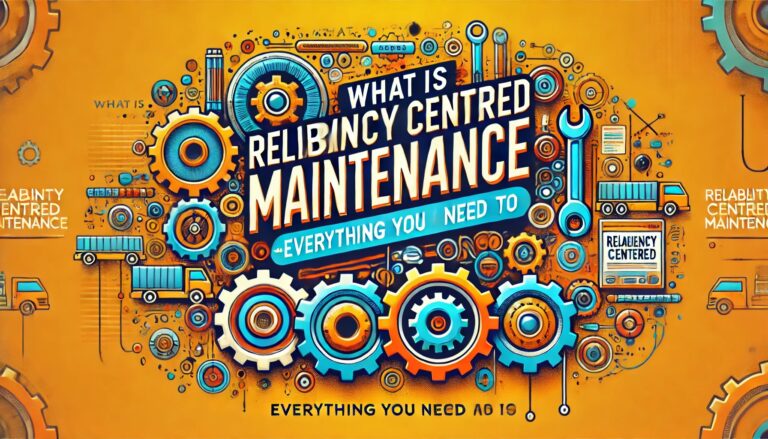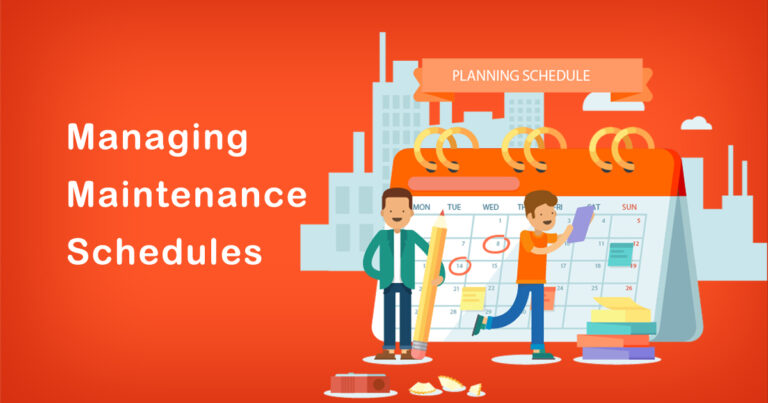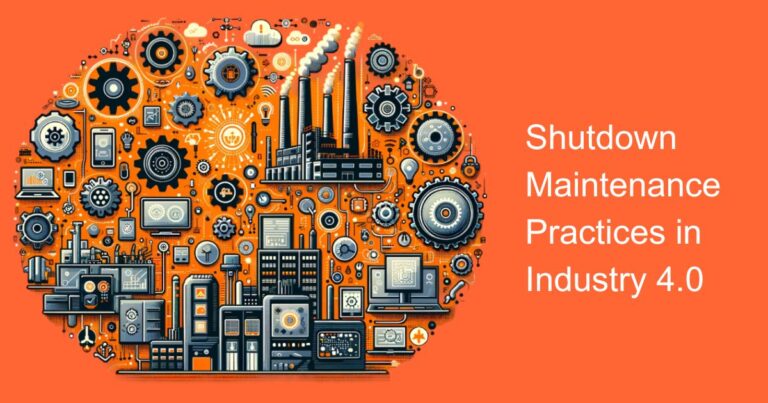Maintenance is an essential aspect of any industrial operation, and it involves a range of activities aimed at ensuring that equipment, machinery, and other assets are in optimal working condition. Maintenance is crucial to ensure that the equipment operates as intended, prolong its lifespan and avoid unplanned downtime that can disrupt operations, and result in financial losses. However, maintenance activities also come with their own set of risks, which can have serious consequences if not managed effectively. In this blog, we will discuss some of the best practices for managing maintenance risks, with a focus on the Indian context.
Identifying Maintenance Risks:
The first step in managing maintenance risks is to identify them. This involves conducting a risk assessment, which involves evaluating the potential hazards associated with maintenance activities. For example, performing maintenance on live electrical equipment can pose a risk of electrocution, while working at heights can pose a risk of falls. It is essential to identify all potential risks associated with maintenance activities and evaluate their severity and likelihood.
Risk Mitigation Strategies:
Once the maintenance risks have been identified, the next step is to develop risk mitigation strategies. There are several best practices that organizations can follow to manage maintenance risks effectively.
1. Training and Awareness:
One of the most effective ways to manage maintenance risks is to ensure that employees are properly trained and aware of the risks involved. This includes providing training on the safe use of equipment, such as lockout/tagout procedures, as well as providing general safety training. It is also essential to provide regular refresher training to ensure that employees remain aware of the risks involved.
2. Proper Equipment Maintenance:
To reduce the risk of equipment failure, it is essential to maintain equipment properly. This includes following the manufacturer’s recommended maintenance procedures and schedules, performing regular inspections, and addressing any issues promptly. Proper equipment maintenance can help prevent equipment failures that can result in downtime, injuries, or other safety hazards.
3. Risk Assessment and Planning:
Before performing any maintenance activities, it is essential to conduct a risk assessment and develop a comprehensive maintenance plan. This should include identifying potential hazards, evaluating the risks involved, and developing strategies to mitigate those risks. A well-planned maintenance program can help minimize the risks associated with maintenance activities.
4. Personal Protective Equipment (PPE):
The use of personal protective equipment (PPE) can also help manage maintenance risks. PPE includes items such as gloves, safety glasses, hard hats, and respirators, and can help protect workers from hazards such as electrical shocks, falls, and exposure to hazardous chemicals. Employers must ensure that the appropriate PPE is provided and that employees are trained on how to use it properly.
5. Safety Culture:
Finally, it is essential to foster a safety culture within the organization. This involves promoting a culture of safety at all levels of the organization, from the leadership team to frontline workers. Employees must feel comfortable reporting safety concerns or hazards, and employers must take action to address those concerns promptly.
Conclusion:
Managing maintenance risks is an essential aspect of ensuring the safety of employees and the efficient operation of equipment. By following the best practices outlined above, organizations can reduce the risks associated with maintenance activities and ensure that their operations run smoothly. In the Indian context, where the manufacturing industry is rapidly growing, it is essential for organizations to pay close attention to maintenance risks to prevent accidents and injuries. A comprehensive risk management program that includes training, proper equipment maintenance, risk assessment and planning, PPE, and a safety culture can help organizations manage maintenance risks effectively.


